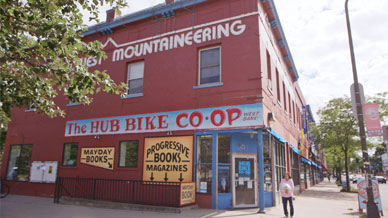
How the Twin Cities got transit right
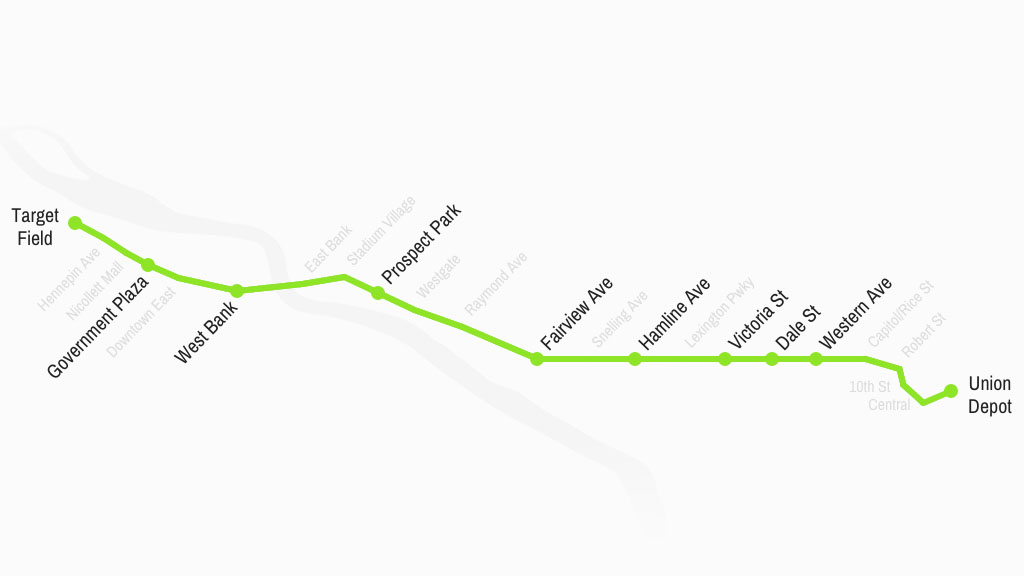
The right way to renew a city
When the Minneapolis metro region went to build a light rail line connecting downtown Minneapolis and St. Paul, the initial reaction was not good. Several community groups from lower-income neighborhoods along the proposed route opposed the project. They'd been scarred from a previous highway project that cut right through the neighborhood, dividing homes from the retail district and resulting in hundreds of evictions. They were afraid the new rail line would do the same.
Yet many of the train's supporters wanted to run the line through the neighborhood. They saw it as not only a tool to move people but also one to drive economic development. The 11-mile, billion dollar Green Line opened in June. Not everyone loves it - the chief complaint is that it's too slow. But many are hailing it as a model urban project. Supporters successfully addressed many of the concerns of people along the route, and there are many benefits.
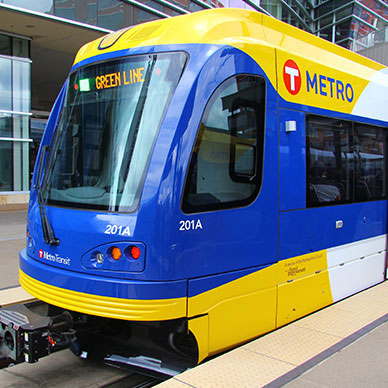
Green energy
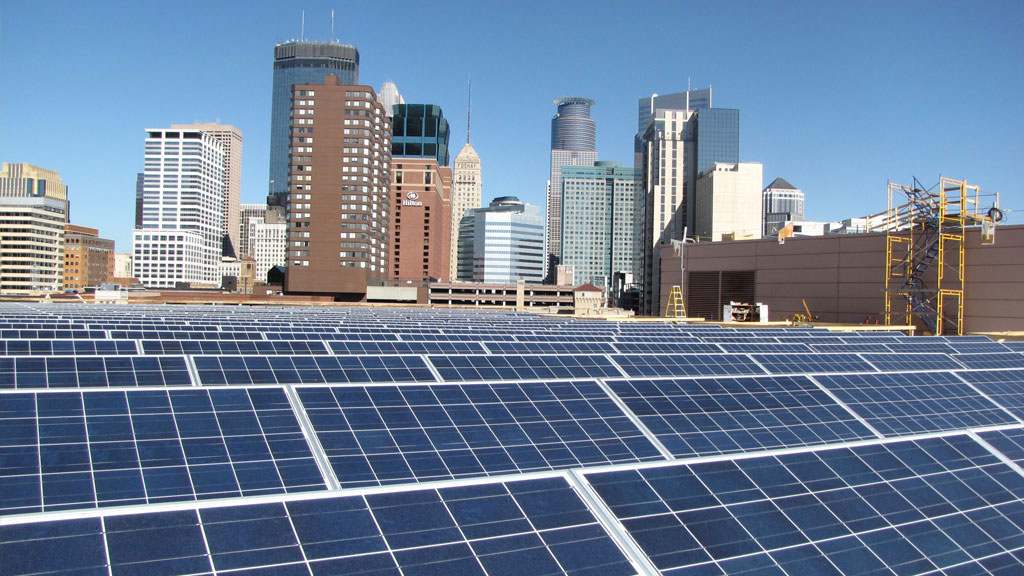
Minneapolis has clustered a series of innovative energy projects near the new light rail line. They include a green roof at the Hennepin County courthouse, a geothermal heating and cooling system at Carty Heights senior housing, and a 600-kw solar panel array atop the Minneapolis convention center. There are also electric vehicle charging stations and bike and car share stations throughout the corridor.
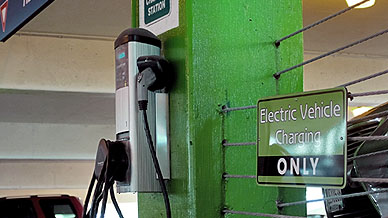
A neighborhood transformed
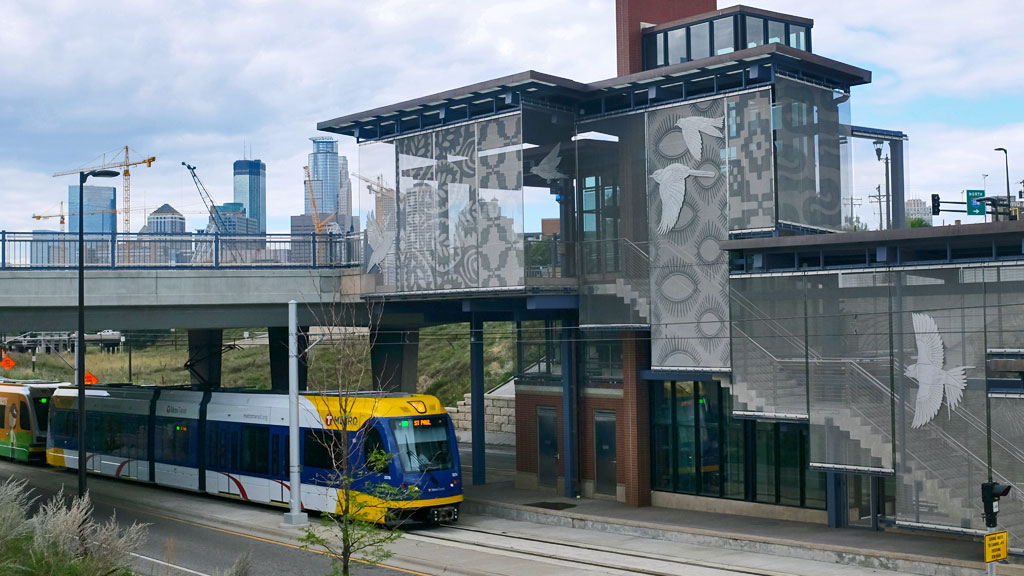
The Cedar-Riverside neighborhood has long been home to the cities' immigrant population - from the Germans and Poles at the turn of the last century to the Vietnamese and Somalis today. Ringed by two major highways and positioned along the river, the neighborhood has seen its ups and downs over the years.
Today it appears to be on the up, thanks in part to the neighborhood's location as the meeting point for the new Green Line and older Blue Line. Business is up 10% at the Afro Deli, and 18% at the Republic, a local pub.
"We know the Green Line is helping," said Republic owner Matty O'Reilly. "We do like the idea that people from St. Paul are riding over more frequently (and safely home) to drink good beer and eat."
An anchor tenant
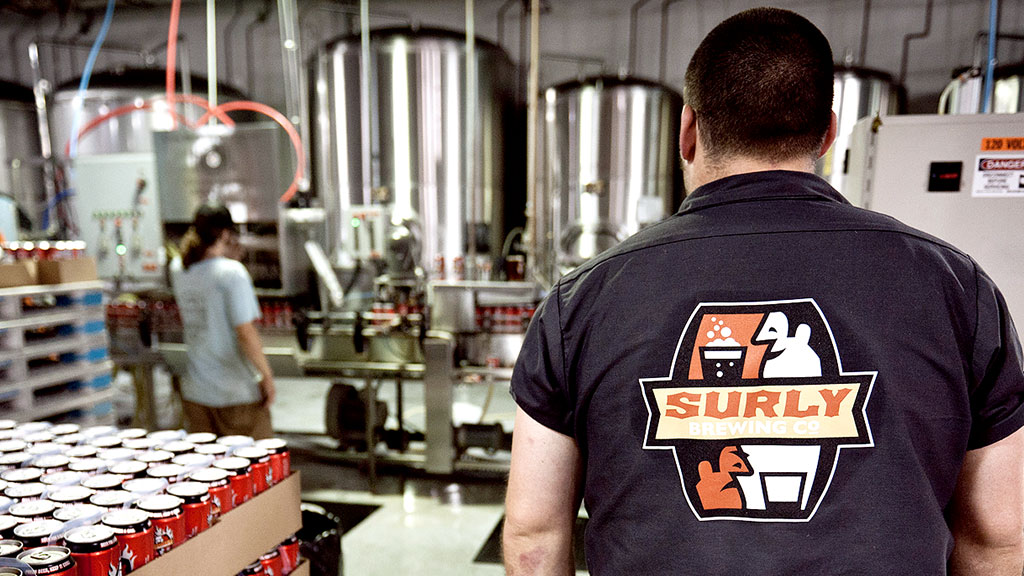
Minneapolis craft beer maker Surly recently broke ground on an eight-acre, $30 million "destination" brewery and beer garden in an old industrial neighborhood still loomed over by giant grain silos. Owner Omar Ansari, the son of a Pakistani immigrant who also started a business in Minneapolis, says the location's proximity to the city's new light rail line and bike trail were key reasons behind the move to this post-industrial part of town.
Surly may be one of the first businesses in the neighborhood, but others have even bigger ideas. A group of neighbors and developers has a plan to turn the whole area into a kind of "future city." The idea, still in the conceptual stage, calls for arts and industrial incubators and retail and residential space that's totally sustainable, with on-site power generation from renewable sources and a waste disposal system that uses pneumatic tubes to suck garbage from people's homes. The compost would be used for either power generation or as fertilizer for the local greenhouse.
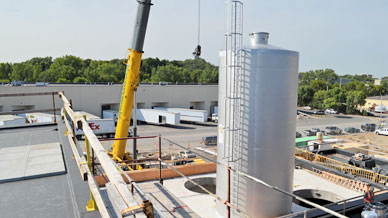
New businesses and jobs
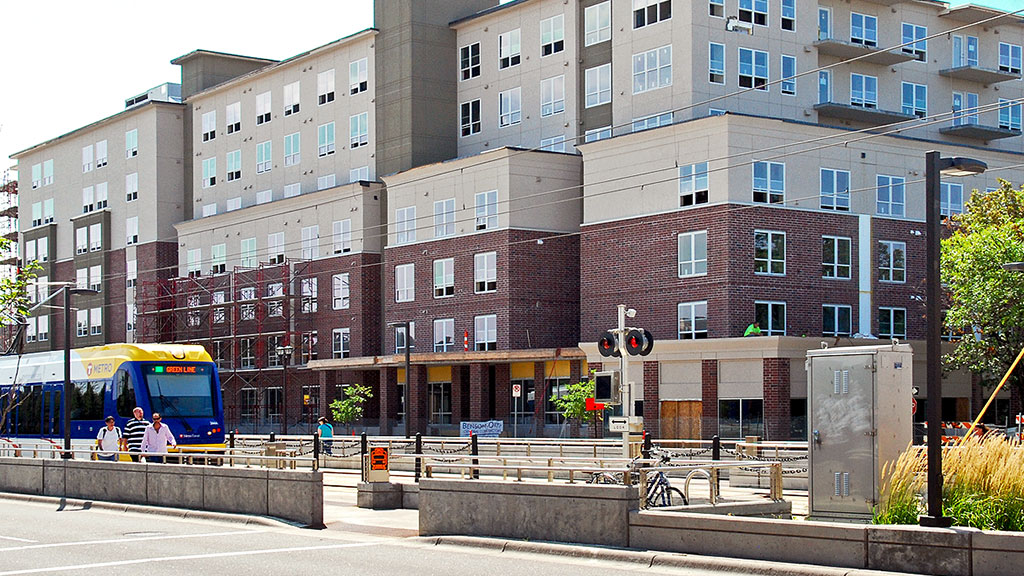
The Episcopal Homes of Minnesota recently embarked on a $45 million expansion of its senior housing facility at the Fairview Ave Station. The addition will have 168 new units. It will employ 100 new people -- many from the surrounding neighborhood -- when it opens early next year.
"Demand for our location has been going up over the last three or four years, and the most common theme we hear is it's because of the light rail," said Marvin Plakut, the organization's chief executive. "It's brought a lot of energy to the urban core again."
Development is taking place all along the Green Line. Since the engineering began five years ago, over $2.5 billion in investment has been announced within a half mile of the tracks, according to the Metropolitan Council, which runs the line.
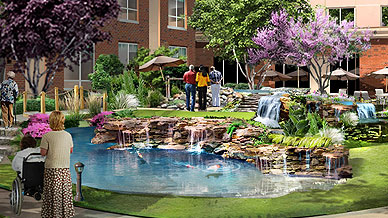
Affordable housing
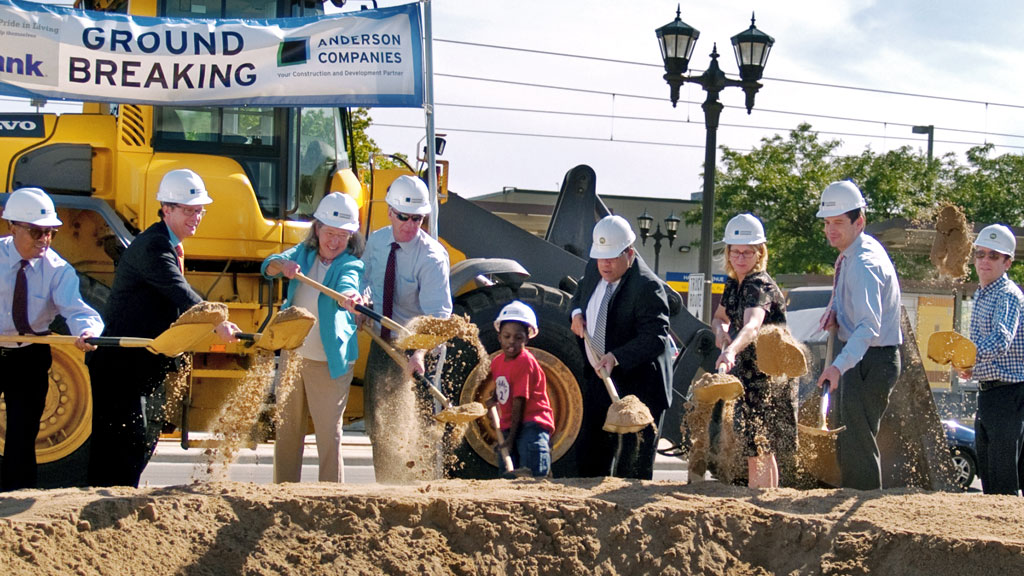
Public transit is known to attract development, and that development is known to bring gentrification. To make sure longtime residents don't get displaced, several affordable housing developments are being built along the line with the help of tax breaks, grants and other financial support from city and state governments.
"It's how you make infrastructure welcome into the neighborhood, how you make it part of a community that was suspicious of it." -- Nancy Homans, policy director, St. Paul Mayor's Office
Project for Pride in Living broke ground in August on an affordable housing complex also named Hamline Station. The five-story building contains 108 units, most starting at around $500 month. It's expected to open in the fall of 2016.
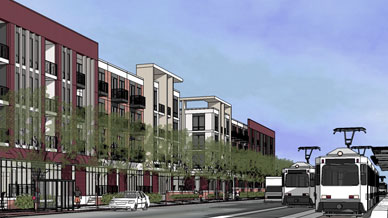
Small businesses stayed open

East African Bakery received a $20,000 loan from a community fund set up to help businesses affected by the construction. The bakery itself, a wholesale operation which makes two types of East African bread, didn't see much disruption, said owner Francesco O'Ryan. But many of the bakery's buyers (both restaurants and stores) are located along the rail line and saw a big drop in foot traffic, resulting in smaller orders for O'Ryan. He said the $20,000 covered about half of the bakery's losses.
"There's this whole history on infrastructure doing bad things to neighborhoods, this wasn't going to be just rammed through." - Mary Kay Baily, director of the Central Corridor Funders Collaborative
The loans, which don't need to be repaid if the business stays open for five years, provided up to $20,000 for over 210 small businesses along the construction route. Around $3.5 million was ultimately distributed, and only 10 of the businesses closed during the two-year construction period.
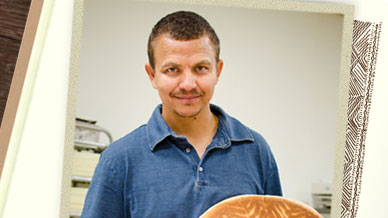
Sustainability
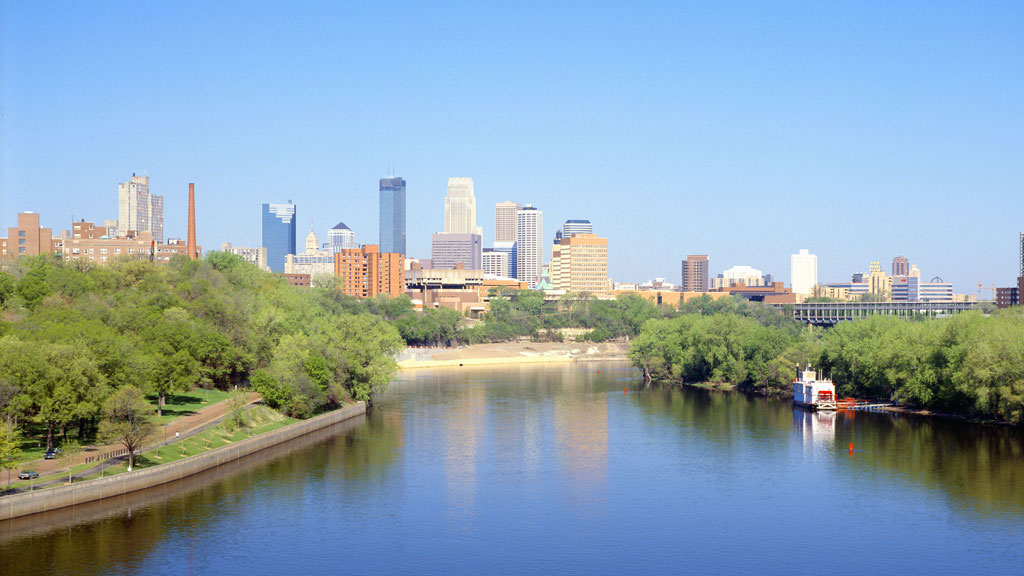
Nearly 1,000 trees were planted along the St. Paul section of the Green Line. Rain water from nearby streets is diverted into the tree beds, preventing the polluted runoff from reaching the river. Projects like this have helped improve the health of the fish in the Mississippi River, said Glenn Skuta, a manager at the Minnesota Pollution Control Agency. "Those trenches will do a great job filtering the water."

Serving the community

Three additional stations (Western Ave, Hamline and Victoria) were added to the Green Line to ensure the train did not just whisk people between the two downtowns. These were added over initial objections by the federal government, which footed half the $1 billion construction tab.
The stations added a total of $15 million to the construction costs and slowed the travel time between the two cities by a few minutes. But they also offered access to the black and Southeast Asian residents who live in those neighborhoods, as well as to an area heavy with minority-owned businesses. The stations themselves came adorned with art inspired from the local community.
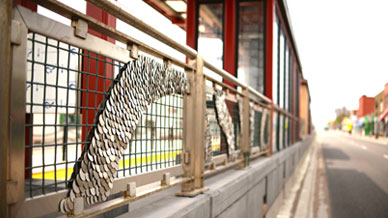
Winning local support

Touting the economic and social benefits of running the line through the neighborhoods' commercial districts helped win over the local communities. Alternate plans called for the line to be built along an interstate to the south or in a freight rail corridor to the north. Travel time along these routes may well have been faster, but likely would have produced fewer overall benefits for the cities.

